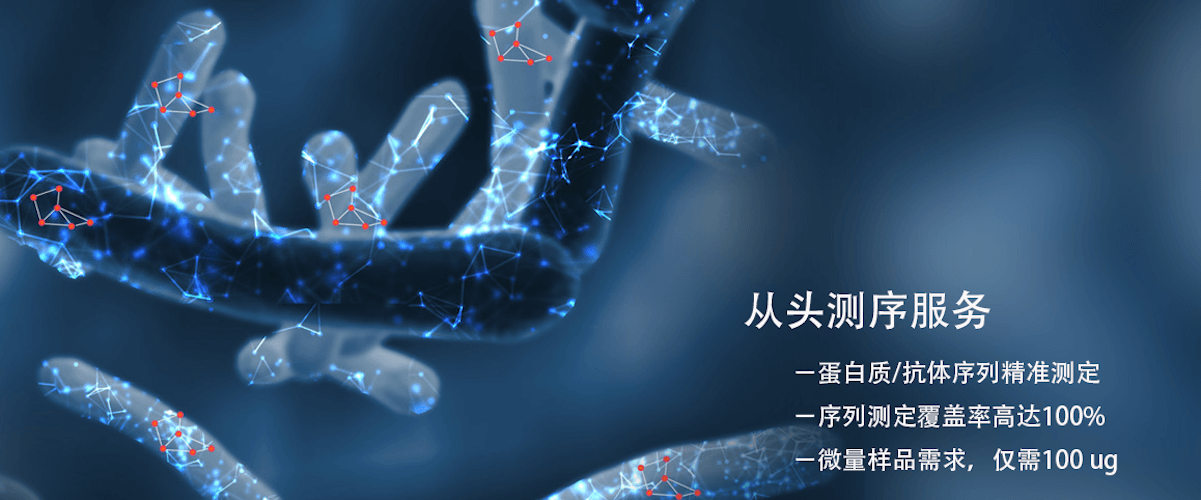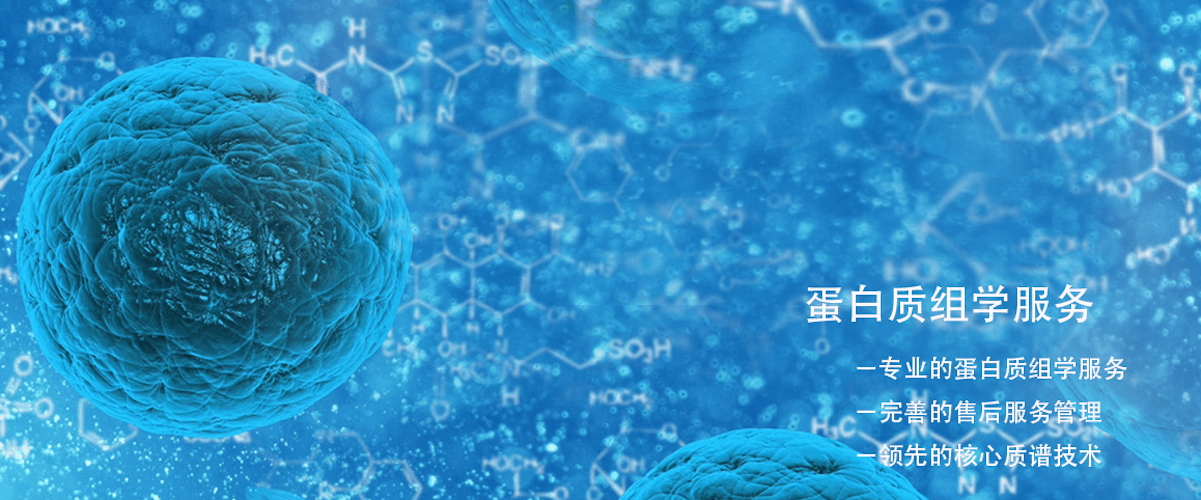Protein Analysis FAQ Summary
• How to solve the problem of protein inclusion bodies?
The formation of inclusion bodies during protein expression is a common phenomenon, especially in prokaryotic expression systems such as Escherichia coli. Inclusion bodies are insoluble protein aggregates, typically composed of misfolded protein chains. Strategies to address the issue of protein inclusion bodies mainly include optimizing expression conditions, improving protein folding, and using refolding techniques.
When a protein has both endoplasmic reticulum (ER) retention signals and mitochondrial targeting signals, its final localization will depend on the relative strength of these signal sequences and the competitive mechanisms during the localization process. Generally, the following factors will affect its final localization:
• What are the main methods currently used to study protein spatial structures?
The main methods currently used to study protein spatial structures include X-ray crystallography, nuclear magnetic resonance (NMR) spectroscopy, cryo-electron microscopy (Cryo-EM), computational modeling and homology modeling, and small-angle X-ray scattering (SAXS).
Yes, after formaldehyde fixation and crosslinking, the structure and solubility of proteins change, which may affect the determination of protein concentration. Formaldehyde forms covalent crosslinking bonds between protein molecules, leading to the formation of an insoluble network structure, making it difficult for traditional protein concentration determination methods (such as BCA, Bradford, etc.) to detect. Therefore, to accurately determine protein concentration after formaldehyde crosslinking, it is usually necessary to perform a de-crosslinking treatment first.
When measuring protein concentration using the BCA method after protein cross-linking, if the obtained concentration is very low, there could be several reasons: cross-linking efficiency, reagent reaction conditions, effects of the lysis buffer, sample dilution factor, or the reagent kit being expired or improperly stored.
• Are molecules composed of amino acids all proteins?
Molecules formed by amino acids are mostly referred to as proteins, but not all amino acid polymers are considered proteins.
• How to interpret peptide group data?
After detecting peptides through mass spectrometry, data analysis involves several key steps: checking data quality to assess the number of peptides and the signal-to-noise ratio; confirming the match confidence and modification information of the peptide identification results; conducting quantitative analysis to identify changes in protein expression; mapping peptide data to corresponding proteins and performing biological function analysis; and finally, presenting expression differences through data visualization.
• What is the protocol for crosslinking with glutaraldehyde?
Glutaraldehyde is a commonly used crosslinking agent, widely used for fixing and crosslinking biological samples such as proteins, enzymes, and cells. In glutaraldehyde crosslinking experiments, it is typically used to stabilize protein complexes or cellular structures. Below is a basic protocol for glutaraldehyde crosslinking (using cells or proteins as an example), which can be adjusted according to actual experimental needs.
Molecular sieving (also known as gel filtration or size exclusion chromatography) is a commonly used separation technique primarily for separating biological macromolecules such as proteins and nucleic acids based on their molecular size. When separating active proteins of different sizes using molecular sieving, the 'sieve' refers to the chromatographic medium used for separation (usually polymer particles), and there are finished products available for selection.
• The bands from the far-western are white, why is that? How can this be solved?
In Far-Western Blot experiments, the appearance of white bands is usually related to overexposure, excess protein, high antibody concentration, uneven detection substrate, or incomplete membrane transfer. To address this issue, one can shorten the exposure time, reduce the amount of sample protein and antibodies, ensure even distribution of the substrate, and optimize protein transfer conditions. These adjustments can help improve the color development of the experimental bands.
How to order?





